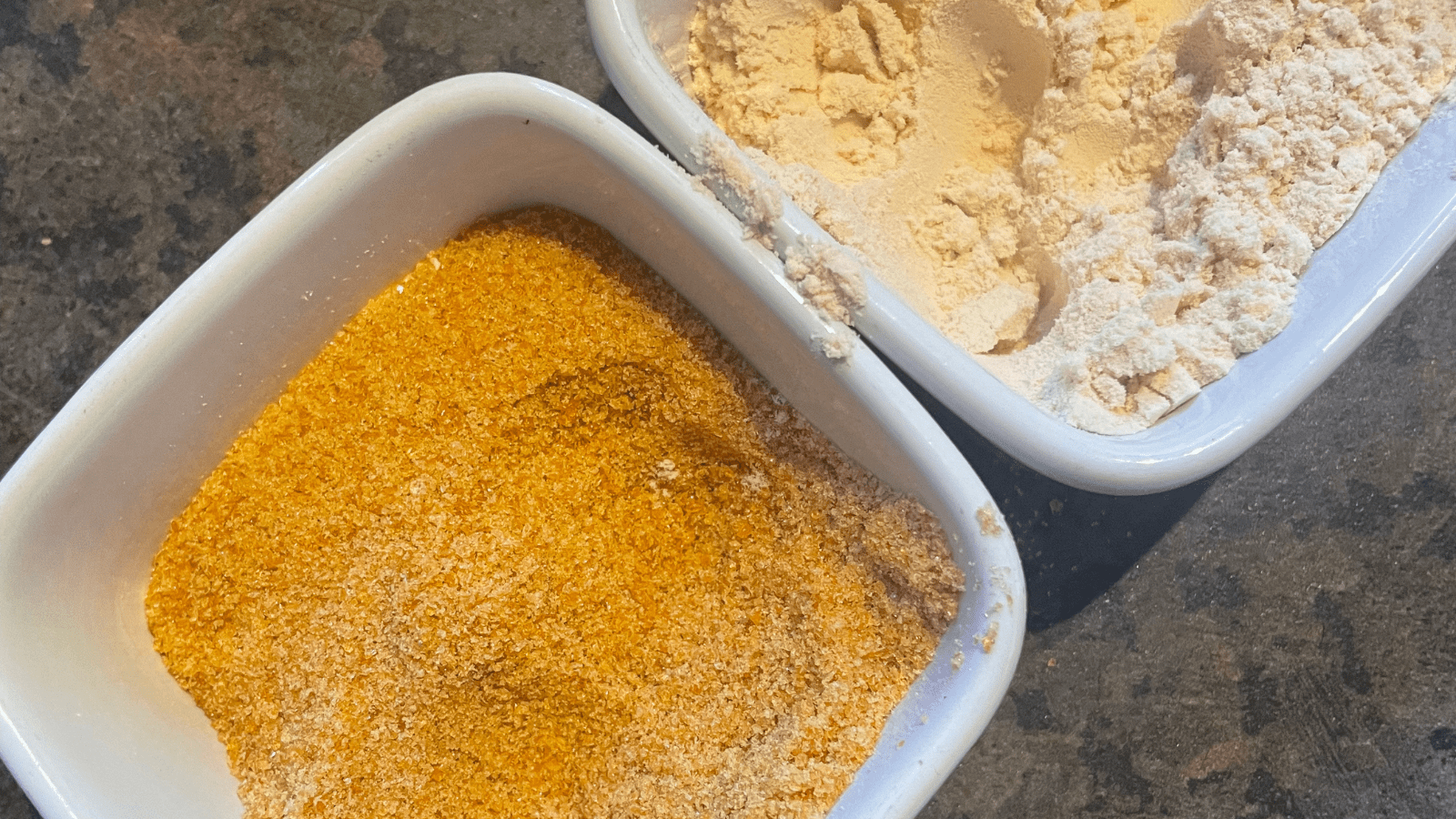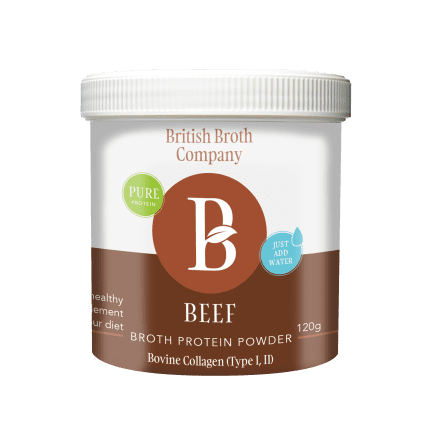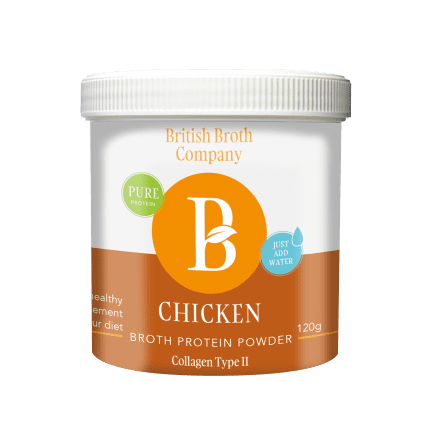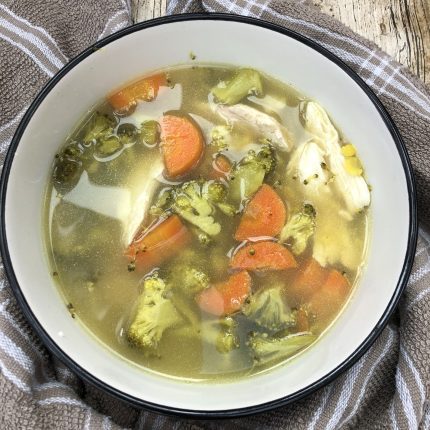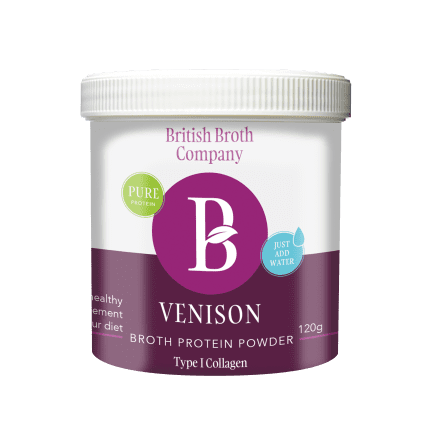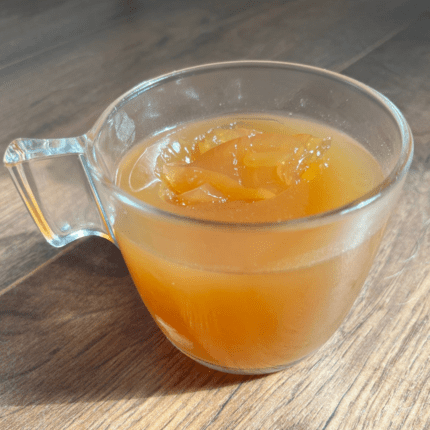In the world of health foods, bone broth stands out as a nutrient-rich powerhouse. However, not all broths are created equal. The method of preparation plays a crucial role in defining the nutritional value and health benefits of the final product.
In this blog, we’ll delve into the differences between natural dehydrated bone broth, made using traditional methods with apple cider vinegar, and hydrolysed broth, which involves chemical processes. We will also explore atomised broths, which is a process called spray-drying.
Dehydrated bone broth
Traditional Natural Dehydrated Bone Broth Natural dehydrated bone broth is crafted through a time-honoured method that respects the slow-cooking process. The traditional way involves simmering bones, often with a splash of apple cider vinegar, for an extended period—typically 24 hours or more. However, we pressure cook our broths as it’s lower in histamine and better for the environment. The addition of apple cider vinegar is vital as it helps leach essential nutrients from the bones, including calcium, magnesium, and phosphorus, making them more available in the broth. Once the simmering process is complete, the broth is strained to remove solid particles, and cooled to separate the fat, also known as tallow. Then the broths undergo dehydration. Dehydration is achieved using a dehydrator or a low oven temperature to slowly remove water content, preserving the broth’s nutritional profile and flavour in a concentrated form. This process results in a shelf-stable powder that retains most of the original nutrients without the need for preservatives or additives.

Hydrolysed Broth
A Modern Method Hydrolysed broth, on the other hand, represents a modern, industrial approach to broth-making. This process involves breaking down protein from animal bones, skin, and connective tissue into smaller peptides using chemical enzymes or high-temperature, high-pressure conditions. The goal is to speed up the breakdown process that naturally occurs during long simmering. While hydrolysed broth can be produced quickly and in large quantities, this method raises concerns among purists and health-conscious consumers. The chemical process used for hydrolysing protein often strips away many of the naturally occurring nutrients and can introduce unwanted chemical residues into the broth. Additionally, the rapid production process does not allow for the natural extraction of minerals and gelatine in the same way that traditional slow-cooking does.
Nutritional Comparison
One of the primary advantages of natural dehydrated bone broth is its nutritional integrity. The slow-cooking process ensures that a wide array of nutrients, including amino acids like glycine and proline, are gently extracted from the bones. These nutrients are crucial for various bodily functions, such as supporting joint health, immune system strength, and gut health. In contrast, hydrolysed broth often lacks these broader nutritional profiles. The high-temperature and chemical processing can denature proteins and reduce the presence of beneficial nutrients. While hydrolysed broth still provides some level of protein, it does not offer the same quality or range of nutrients found in natural bone broth. Flavour and Usage The traditional method of making natural dehydrated bone broth not only preserves nutrients but also enhances the flavour. The slow simmering of bones with apple cider vinegar extracts a rich, deep taste that is characteristic of homemade broth. This makes it a versatile ingredient in soups, stews, and sauces, adding not just taste but also nutritional benefits. Hydrolysed broth, while still usable in recipes, often has a blander flavour and can sometimes carry a slight chemical aftertaste due to the processes used in its creation. This can affect the end taste of dishes where broth is a key ingredient.
Learn more by watching the video below.
Environmental and Health Considerations
Natural dehydrated bone broth is generally more environmentally friendly, as it utilises a low-energy process (slow cooking) and often encourages the use of locally-sourced, organic bones. This contrasts with the industrial production of hydrolysed broth, which can be more resource-intensive and less sustainable. Additionally, for those mindful of health, natural dehydrated bone broth offers a clean label with no additives, preservatives, or chemicals—just pure, concentrated broth. This makes it a preferable choice for health enthusiasts and those with dietary restrictions.
Atomised Bone Broths
Atomised bone broths differ significantly from traditional dehydrated broths due to their manufacturing process and ingredient list. Unlike natural dehydrated bone broth, which preserves nutrients through slow dehydration, atomised bone broths are typically produced using spray drying. This method involves spraying liquid broth into a hot chamber, causing rapid evaporation and creating a fine powder. Often, maltodextrin—a processed starch derived from corn, rice, or potato—is added during this process. Maltodextrin acts as a carrier to ensure the broth powder dissolves quickly and evenly when reconstituted. However, it is a form of sugar, which can be a concern for those monitoring their sugar intake. Moreover, the quick and high-heat process can degrade some of the natural nutrients found in the bones, making atomised bone broths generally lower in quality compared to their naturally dehydrated counterparts.
Conclusion
Choosing between natural dehydrated bone broth and hydrolysed broth often comes down to priorities—whether they lie in nutritional content, flavour, environmental impact, or health considerations. For those seeking the most health benefits and authentic flavour, traditional natural dehydrated bone broth made with apple cider vinegar is a clear winner. Its preparation respects both the culinary heritage and the nutritional potential of its ingredients, making it not just a food but a nourishing tradition.

